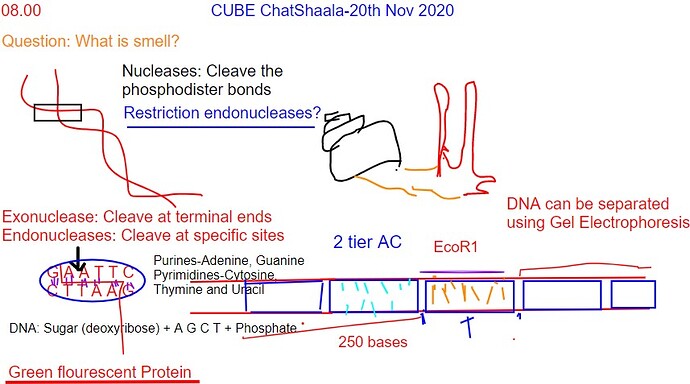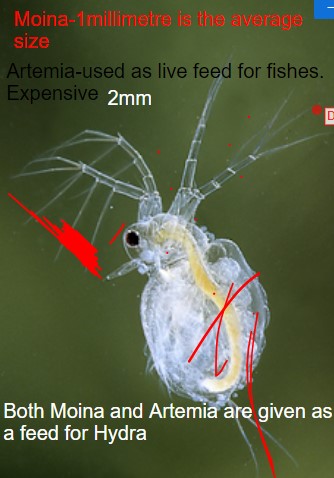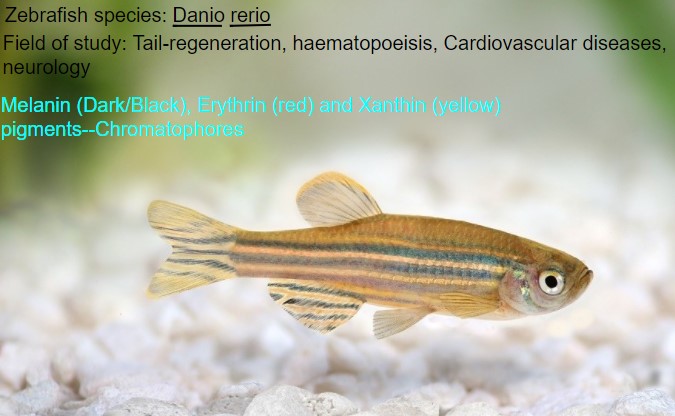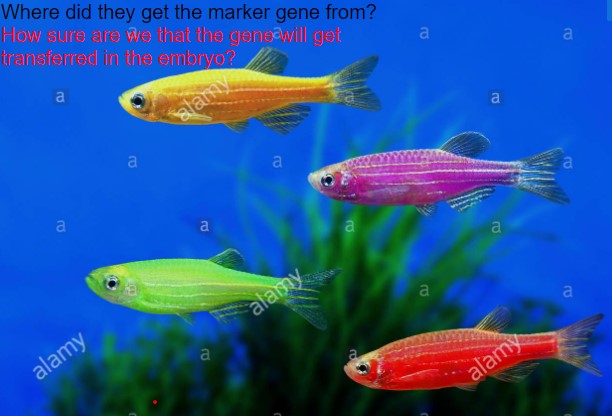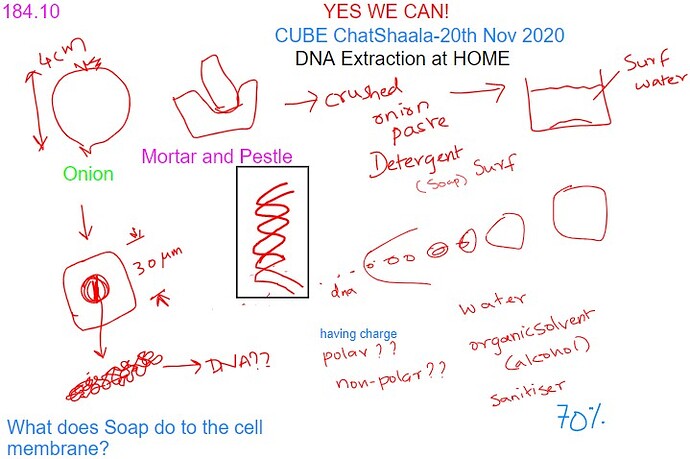CUBE Chatshaala on 20th November 2020
45 CUBists from 33 centres joined the webinar.
Map
ANDHRA PRADESH:
Nellore: Anoopa. O, D. Indira, SaiChethana, Tejasree, Ujwalaraj, Vakulananda
ASSAM:
Narsing HS, Silchar: Hasina Begam
Sonari: Susanta Tanti
BIHAR:
Sitamarhi: Anamika Singh
DELHI:
Dyal Singh College: P. Chitralekha
JHARKHAND:
Kanke, Ranchi: GC Baskey
Kokar, Ranchi: Manjuel Jojo
Morabadi, Ranchi: Rechel Tirkey
KARNATAKA:
Bangalore: Deepika Iyyangar
KERALA:
Kozhikode: Arunima
Malappuram: Devika Dasan
Ernakulam: Aishwarya Elizabeth, Bhavya, Devika Devanath, Pooja Baiju, Yami George
Palakkad: Nisy Prasad, Shrudhiga
Kolenchery: Sagar Alias
Thanniam: Sidhy
MADHYA PRADESH:
Indore: Farhan Ashraf, Firoj Patel
MAHARASHTRA:
South Bombay: Arunan MC
Ghatkopar: Aashutosh Mule
Thane: Anshu Kadam, Prashant Palane
Nerul: DK
HBCSE: DP
Powai: Lydia Mathew
Mulund, Mumbai: Omkar Badnale
Dahanu Road, Palghar: Sachin Pradhan
Panvel: Shraddha Sonavane
Prabhadevi: Yash Sheregare
UTTAR PRADESH:
Moradabad: Kiran Yadav
WEST BENGAL:
GHS, Kolkata: Aranyak Sarma, Koulab Mukherjee
Kolkata: Batul Pipewala
Kalyan
Kathyaini
Shaikh Ashefa

